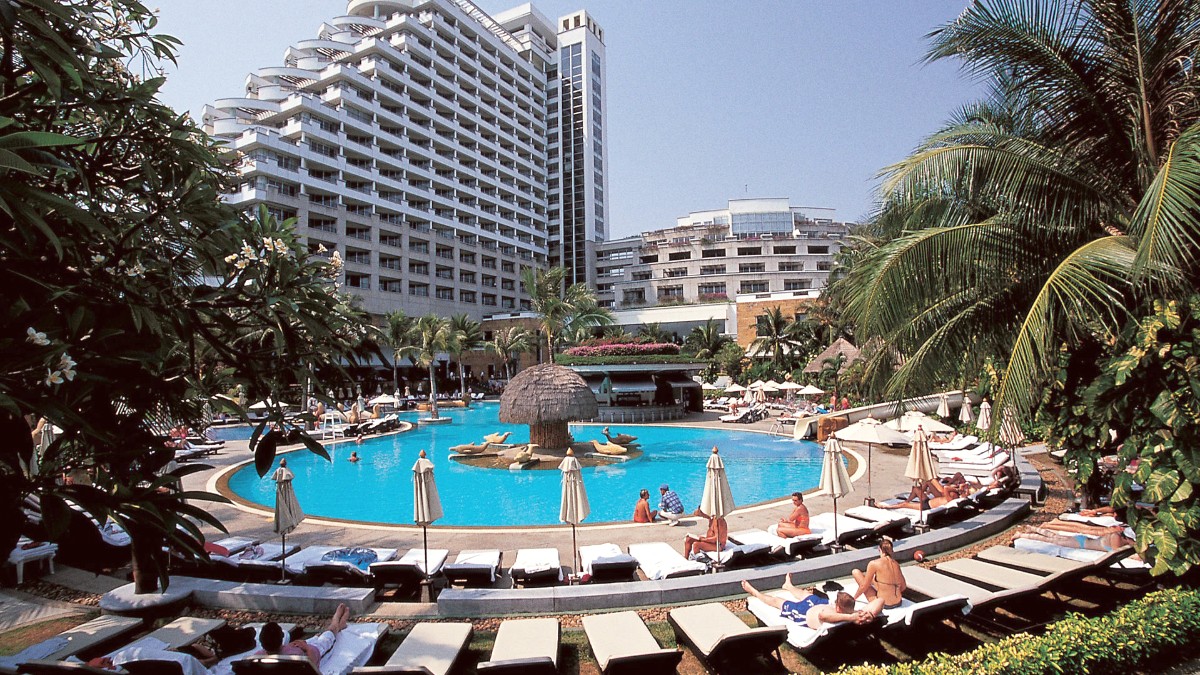
Upper Southern Gulf, Thailand
Hua Hin does not have a metro or a comprehensive network of large public buses. The songthaew serves as the main public transport.
These are pickup trucks modified with two benches in the back, acting as shared taxis. They operate on fixed routes but also function somewhat like a hop-on-hop-off service.
To flag down a songthaew, simply wave your hand as one approaches. Ensure it heads in your desired direction.
Once inside, press the bell to signal the driver to stop when you wish to alight. Pay the driver as you exit.
Offer quick, short distances. Always agree on the fare beforehand; they do not use meters.
Generally higher safety and transparency. The app tracks your journey.
Ensure the driver appears legitimate. Confirming the fare upfront prevents disputes.
Negotiate the fare. Wear a helmet (legally required for riders, sometimes for passengers).
Be aware of the inherent risks of motorbike travel in busy traffic.
For greater independence and flexibility, consider renting a vehicle. Options include cars, motorbikes, and bicycles.
Commonly used for organized day trips to attractions outside Hua Hin, like national parks or distant landmarks.
Available for short trips along the coastline or to nearby islands (e.g., Koh Singto, Monkey Island).
Generally, accessibility infrastructure in Hua Hin is limited.
Hua Hin delivers a range of transport, from traditional songthaews for local rides to private taxis and rentals for wider exploration.
Choose modes based on your comfort, budget, and destination. Always confirm fares or use ride-sharing apps for transparency.